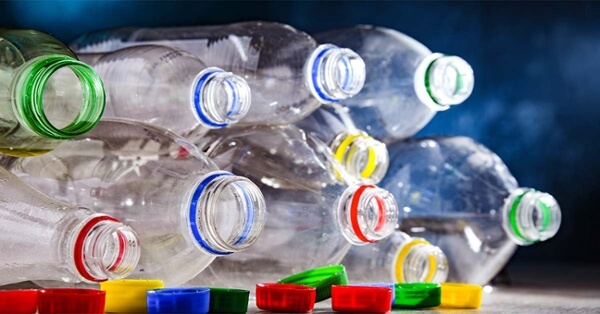GLASSBORO, N.J. — Scientists from Rowan University have discovered a concerning link between a common plastic additive and neurodevelopmental disorders such as autism spectrum disorder (ASD) and attention deficit hyperactivity disorder (ADHD). Children with these disorders might have difficulty clearing bisphenol A (BPA) from their bodies, leading to prolonged exposure, according to the study.
BPA is a chemical found in many plastic products. While it has been associated with health risks, the body typically processes and removes it via a mechanism in the liver. This process, known as glucuronidation, essentially tags the harmful chemical with a sugar molecule, making it water-soluble. Once it becomes water-soluble, the body can easily get rid of the chemical through urine.
However, researchers from Rowan-Virtua School of Osteopathic Medicine and Rutgers University-New Jersey Medical School in Newark found that a significant number of children with autism or ADHD have a compromised ability to perform this detoxification process. Children with autism showed about a 10-percent reduced efficiency in removing BPA, while those with ADHD showed a 17-percent decrease compared to children without these disorders.

The compromised ability to clear such environmental pollutants from the body is “the first hard biochemical evidence of what the linkage is between BPA and the development of autism or ADHD,” says study lead author T. Peter Stein, a Rowan-Virtua professor of surgery, in a university release. “We were surprised to find that ADHD shows the same defect in BPA detoxification.”
However, the mystery remains: does this increased exposure to BPA occur while the child is still in the womb or after birth? Not all children with autism or ADHD have this BPA-clearing problem. Yet, as Stein says, the strong correlation found in this moderately-sized study indicates that the compromised ability to process BPA is a significant factor in the development of these disorders.
The research involved measuring the detoxification efficiency of three groups of children from Rutgers-New Jersey Medical School clinics: 66 children with autism, 46 with ADHD, and a control group of 37 healthy children. Further studies are necessary to uncover more about the relationship between BPA exposure and these neurodevelopmental disorders.
The study is published in the journal PLoS ONE.
You might also be interested in:
- Best Water Bottles: Top 5 Reusable Products Most Recommended By Experts
- Breaking the autism code: Scientists discover subtypes that could lead to better treatments
- Childhood overdose crisis: ADHD medication errors have skyrocketed 300% since 2000


Good day…..
Does the public know that BPA plastic is put on our store bought apples along with carnuba wax, all for shelf life and beauty? Wondering if applesauce and juice have it too?
“A wise man knows the consequences.” Seek the Lord people to start wisdom.
God bless us all.
The plastic companies use BPC or BPS or something else and claims that it is “BPA Free”. Animal studies show no difference between any of the chemicals negative effects. BPA Free is just a marketing gimmick. You have to avoid plastic and avoid stainless steel that is made in China. The Chinese make stainless steel out of iron and lead instead of iron and chromium like it should be made. You can tell by looking at the color of gray that it is.